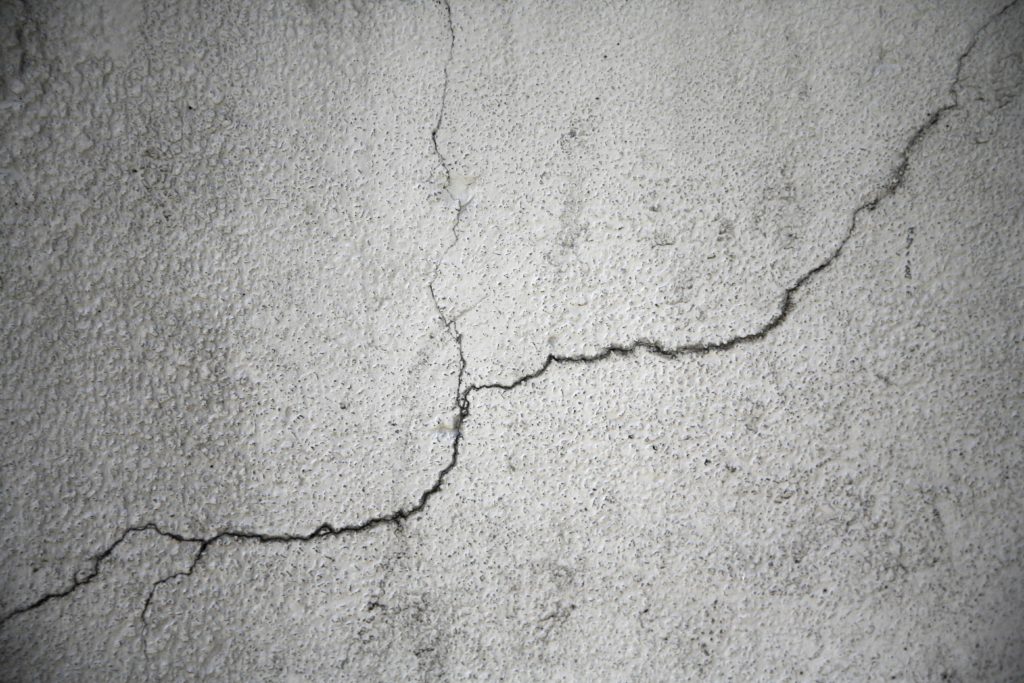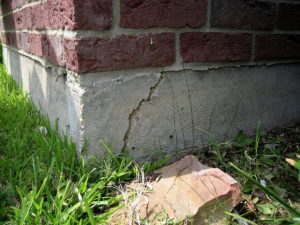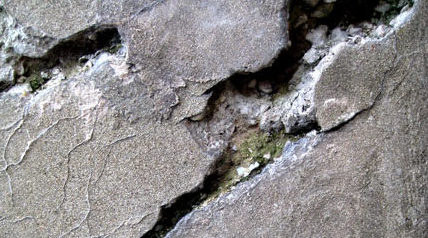External Crack Repair: How It Works

Fixing external cracks in your foundation is absolutely essential. Many cracks cannot be fixed by epoxy or polyurethane injection from the inside, and require outside repairs to prevent them from getting worse. Small cracks can become major structural problems, causing the concrete to heave, contract, and crumble.
If you notice a crack, have it repaired as soon as possible! Repairing any exterior foundation weaknesses as soon as they appear ensures that cracks do not degrade even further and that your basement stays waterproof. Here is how the process works.
Examining And Excavating Around The External Crack
The first thing to do is to examine the damage. How can you tell when a crack in the foundation is bad? You might see some hairline fractures and start to worry; while  these can be examined by a professional just in case, usually they are the result of the concrete drying. The cracks you should be concerned about might seem small, but if the edge of a coin can fit in it – even one as small as a dime – you should have it checked pronto.
these can be examined by a professional just in case, usually they are the result of the concrete drying. The cracks you should be concerned about might seem small, but if the edge of a coin can fit in it – even one as small as a dime – you should have it checked pronto.
Depending on the extent of the crack, excavation up to three feet around the foundation might be necessary. The crack must be filled in its entirety; if anything is left untouched, it will just ruin the cement seal and make the potential leak much worse. It’s best to just deal with it in its entirety.
Cleaning The External Crack
Before a crack in the foundation can be repaired, it must be dry, or else the liquid concrete won’t hold. If there’s moisture in the crack, it can be dried out with something as simple as a blow dryer. Once it’s dry, the exterior crack must be cleaned from all loose concrete, grit, paint, and anything else that will interfere with the filler.
Filling In The Crack
 Once the crack is dry and clear of excess debris, it can be filled. The crack is injected with hydraulic cement that expands during the drying process, creating a tight seal. While patching it with cement can work, too, it’s not a long-term solution; you’ll want the entire crack filled in, and patching it won’t do the job completely.
Once the crack is dry and clear of excess debris, it can be filled. The crack is injected with hydraulic cement that expands during the drying process, creating a tight seal. While patching it with cement can work, too, it’s not a long-term solution; you’ll want the entire crack filled in, and patching it won’t do the job completely.
This cement is made to resist hydrostatic pressure and hold up under pressure, but it still needs some insurance. After the cement is injected, we’ll have to waterproof it, creating a perfect seal.
Waterproofing The Crack
After the cement has dried, the area is sprayed with a waterproof coating made of tar. If the crack is large, deep, and not alone, we recommend taking more drastic waterproofing action, like installing crushed round stone and a weeping tile system. This will prevent moisture from getting to your foundation walls in the first place.
Fixing the crack and maintaining your foundation’s integrity keeps your basement secure and dry. Tackling any crack immediately preserves the structural integrity of your foundation and prevents future, much costlier problems. If cracks are left untouched, water can seep into the walls, and this moisture can create a good deal of expensive, dangerous damage, rotting wood supports and ruining any electronics or fragile items stored in the basement. Contact us if you have more questions!
